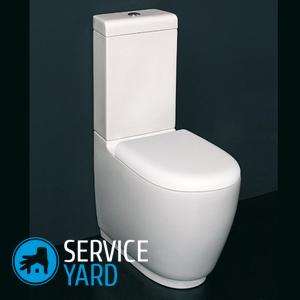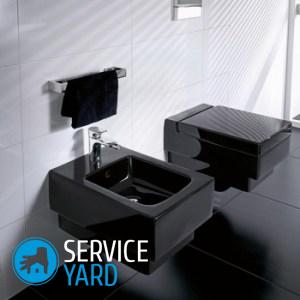Hood in the toilet

A bathroom in any house is a necessary room, but extremely specific in the arrangement, care, maintenance. That is why it is necessary to carefully select all its components even at the stage of preliminary planning and development of the project. One of the important elements is the hood in the toilet, because without normal air circulation, odors will not disappear. But how to install it and what types of it generally exist, find out below.
to contents ↑What are the requirements for the installation of ventilation ducts?
A few years ago, in all apartments of multi-storey buildings, the presence of ventilation ducts in the bathroom and in the kitchen was sufficient. With the gradual development of building technologies, the invention of various finishing materials, the expansion of the set of measures to warm windows, doors and walls, the degree of natural ventilation is reduced to the very minimum - fresh air does not enter and does not leave the apartment. If you are engaged in the arrangement of ventilation just at the design and preparation stage for repair, you will probably be interested in practical, modern toilet design ideas.
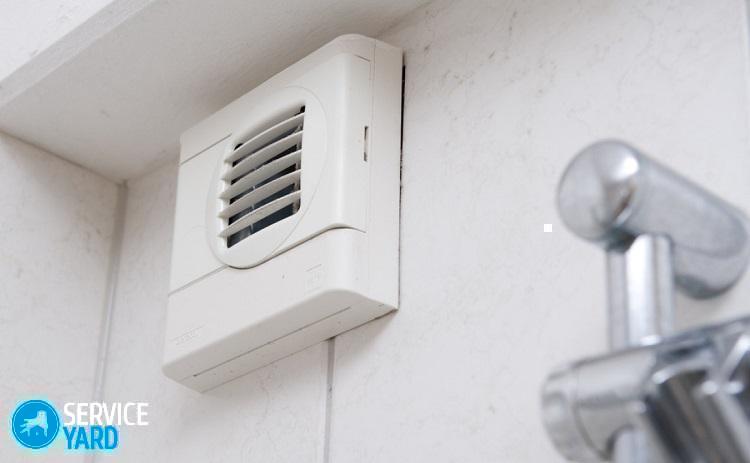
The consequences of poor and inadequate ventilation can be:
- the formation of unpleasant odors;
- an increase in carbon dioxide concentration inside the living room, which entails oxygen starvation, as a result of which a person suffers from constant headaches, his performance decreases, and drowsiness increases;
- high degree of humidity;
- the appearance of mold, as well as fungus on the surface of the bathroom tile and in the corners of living rooms;
- rapid formation of dust on the surface of the shelves.
to contents ↑Important! Prevention of the above consequences will be a properly equipped exhaust in the toilet and air exchange in the combined bathroom must necessarily occur with an activity level of at least 50 m3, in a separate bathroom - 25 m3. To achieve such a result in the old ventilation system of old multi-storey buildings, you can install an exhaust fan.
What types of ventilation are there?
Absolutely all ventilation ducts of non-residential and residential premises are divided into several types according to the method of air transfer: forced and natural ventilation. Further, a little more details about each of these systems.
Natural ventilation
This ventilation system is created at the stage of manufacturing a house project. Natural ventilation is specially made channels from pipes, bricks or plastic, passing through some of the rooms and going out onto the roof or the attic. With all this, fresh air enters through the cracks in the doors and windows, and after that it is eliminated naturally through the exhaust outlet through the ventilation ducts.
Important! A significant disadvantage of this type of ventilation is the high level of dependence on external factors, such as: weather conditions, wind speed, temperature, in the presence or absence of which it simply stops working. This can not be said about the next type of ventilation.
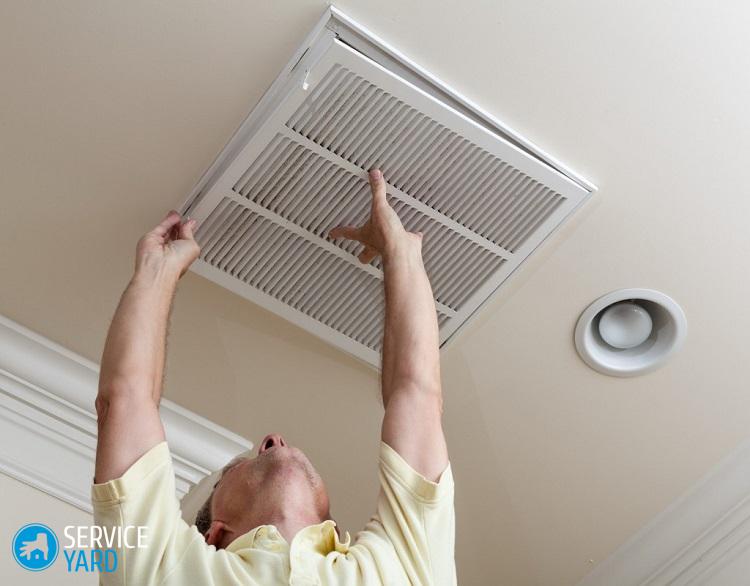
Forced ventilation
As a rule, it is used when ventilation naturally stops working or is insufficient.Its principle is very simple: a special device is mounted in the ventilation hole of the bathroom or toilet, which artificially creates traction. This ensures the flow of fresh air around the room, excluding the dependence on external factors, pollution of the canals or weather conditions.
Important! When arranging a bathroom, many different issues have to be addressed. And you need to do this competently, because your convenience, comfort and cleanliness of the house in the future depend on this. You might be interested in special topics:
In addition, a variety of filters, heaters, coolers can be located in the artificial ventilation system, which further expand the range of its capabilities.
Important! If you use the extra features on an exhaust fan, there can be significant electricity costs to clean, heat, or cool the entire volume of air that enters.

We calculate the power and fan requirements
To increase the degree of ventilation, even in a common channel that has not been cleaned for years, an electric hood in the toilet can help. As a rule, wall mounted axial devices are used. When choosing them, you should definitely pay attention to the following elements:
- safety must necessarily be maximum, because the fan is, first of all, an electric device that is used indoors with high humidity;
- noise level should be minimal;
- the power of the device must necessarily be determined by the size of the bathroom with the exact number of people living in the apartment.
Important! The required power of the exhaust fan can be determined using the formula 6xV or 8xV, in which:
- numbers are coefficients that indicate the number of people using the bathroom in the apartment;
- V - indicates the volume of the ventilated room, that is, the bathroom.
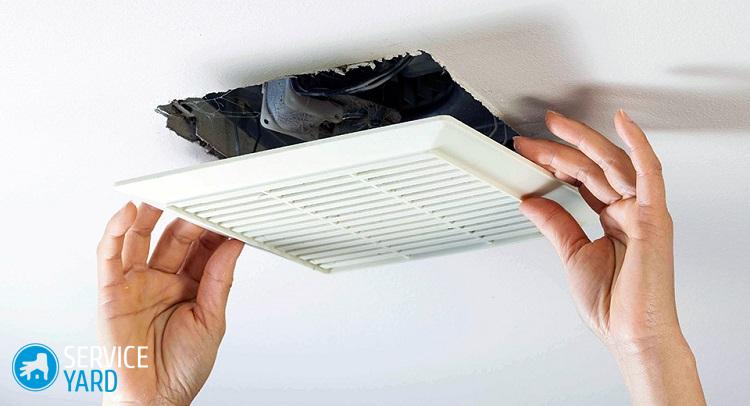
We mount a forced extractor hood in the bathroom and toilet
It is possible to carry out the correct installation of the ventilation hood with your own hands only on condition that you are at least partially familiar with the work of electricians and you are not holding a screwdriver for the first time. If for the first time, it would be better to let a specialist carry out the installation work.
How to install the hood in the bathroom or toilet:
- Absolutely all forced hoods are installed in the opening of the natural ventilation system. If the opening is too small, it can be expanded with a grinder or a chisel and a hammer.
- After installing the device in the opening, carefully fix it with self-tapping screws or put it on liquid nails. From the outside, you should only have a grill.
- Connect the hood to electricity. You can make a separate switch, which will be designed only for hoods in the toilet or bathroom.
- After completing the installation of the device, on the outside, fasten the grille with the clamps.
Important! The cleanliness of the air in the bathroom largely depends on how regularly and correctly you care for it. So that this work is not burdensome for you, keep an article in your bookmarks with the best toilet cleaners.

How does ventilation work?
In the case of an apartment building, the ventilation system scheme includes through ventilation shafts that finish in the attic or on the same floor and have exits in all kitchens and bathrooms.
The structure of the ventilation shaft of a private one-story house may very slightly differ: as a rule, the shaft begins with a hole in the ceiling, and ends with an exit straight to the roof.
During the design and installation of ventilation, the following important rules are followed:
- for absolutely every room there should be a separate duct located vertically;
- during the construction of canals, choose a material that guarantees unhindered air penetration, in other words, with smooth walls inside;
- it is allowed to combine several air ducts into one at the place of the attic;
- if the bathroom and toilet are located in the same apartment, you can combine natural ventilation devices.
Stock footage
In some cases, the forced ventilation device is regulated by sanitary rules and regulations. For example, if a sauna with an electric furnace or a steam generator is installed in the house. In this case, we recommend asking for help with special calculations of the required fan power from masters of appropriate qualifications.




